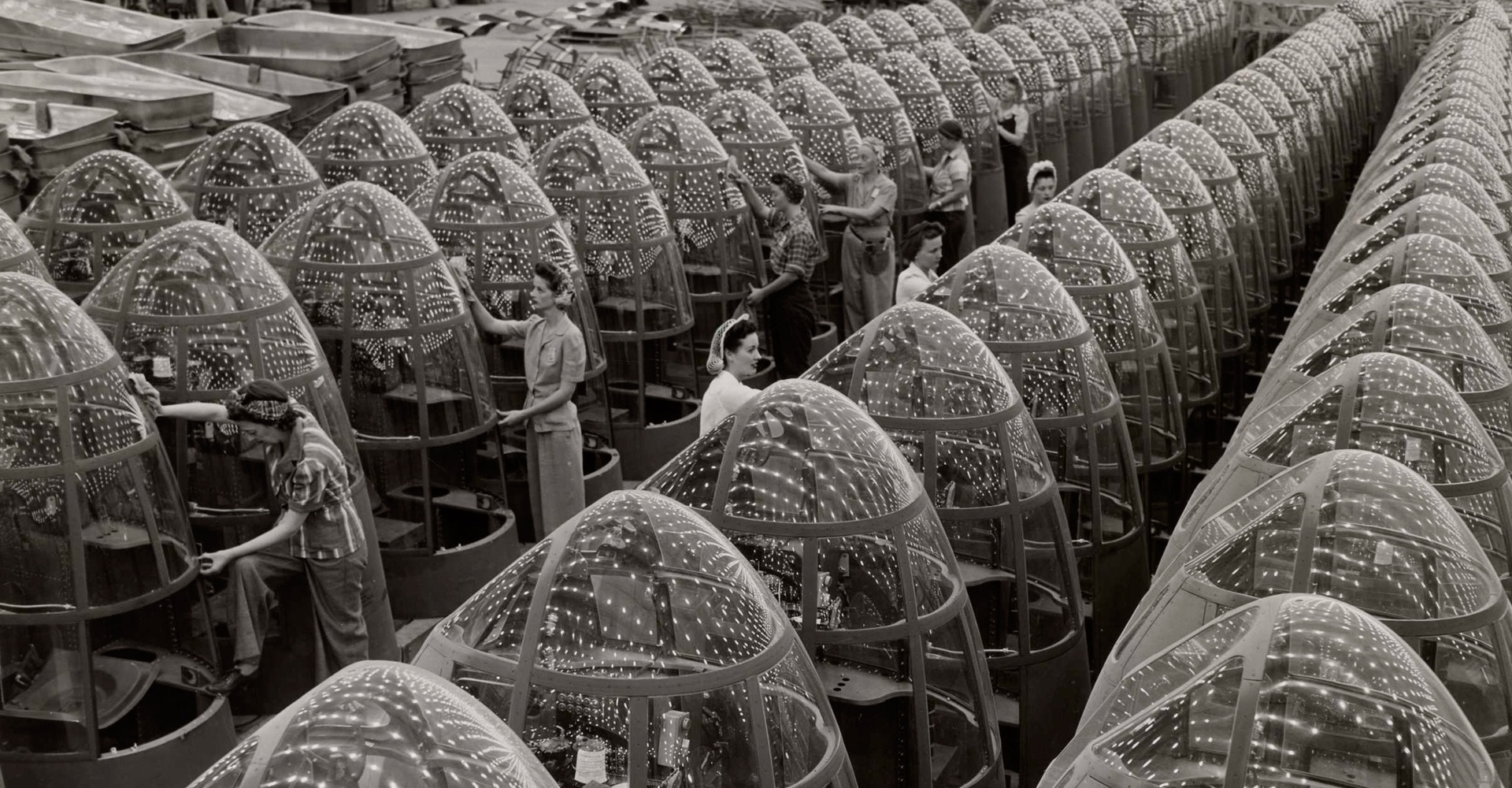flyincowboy
Well-Known Member
oops!

So many crews.....

Could be said they are 'on the front lines'?Women aircraft workers finishing transparent bomber noses for fighter and reconnaissance planes at Douglas Aircraft Co. Plant in Long Beach, California 1942
